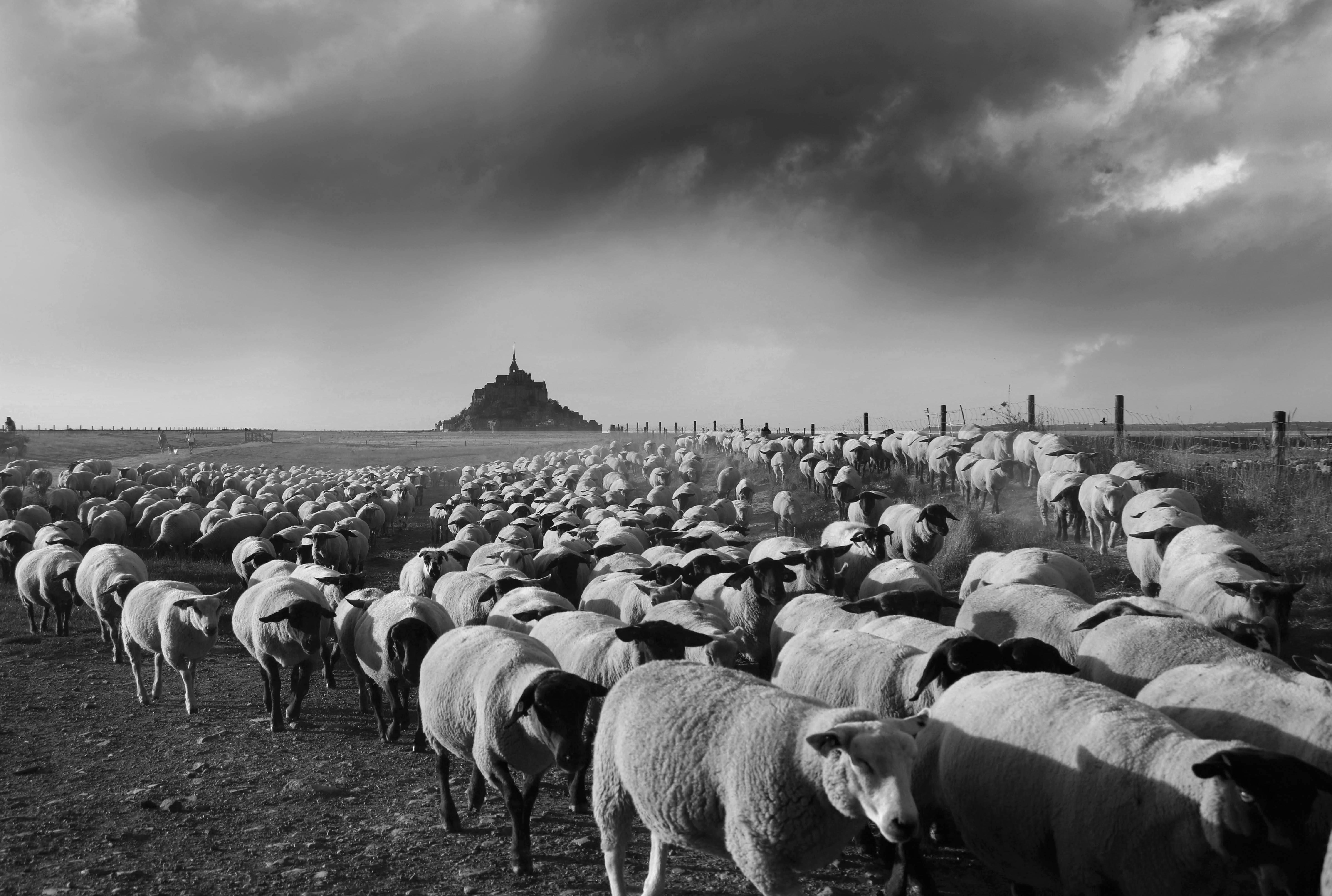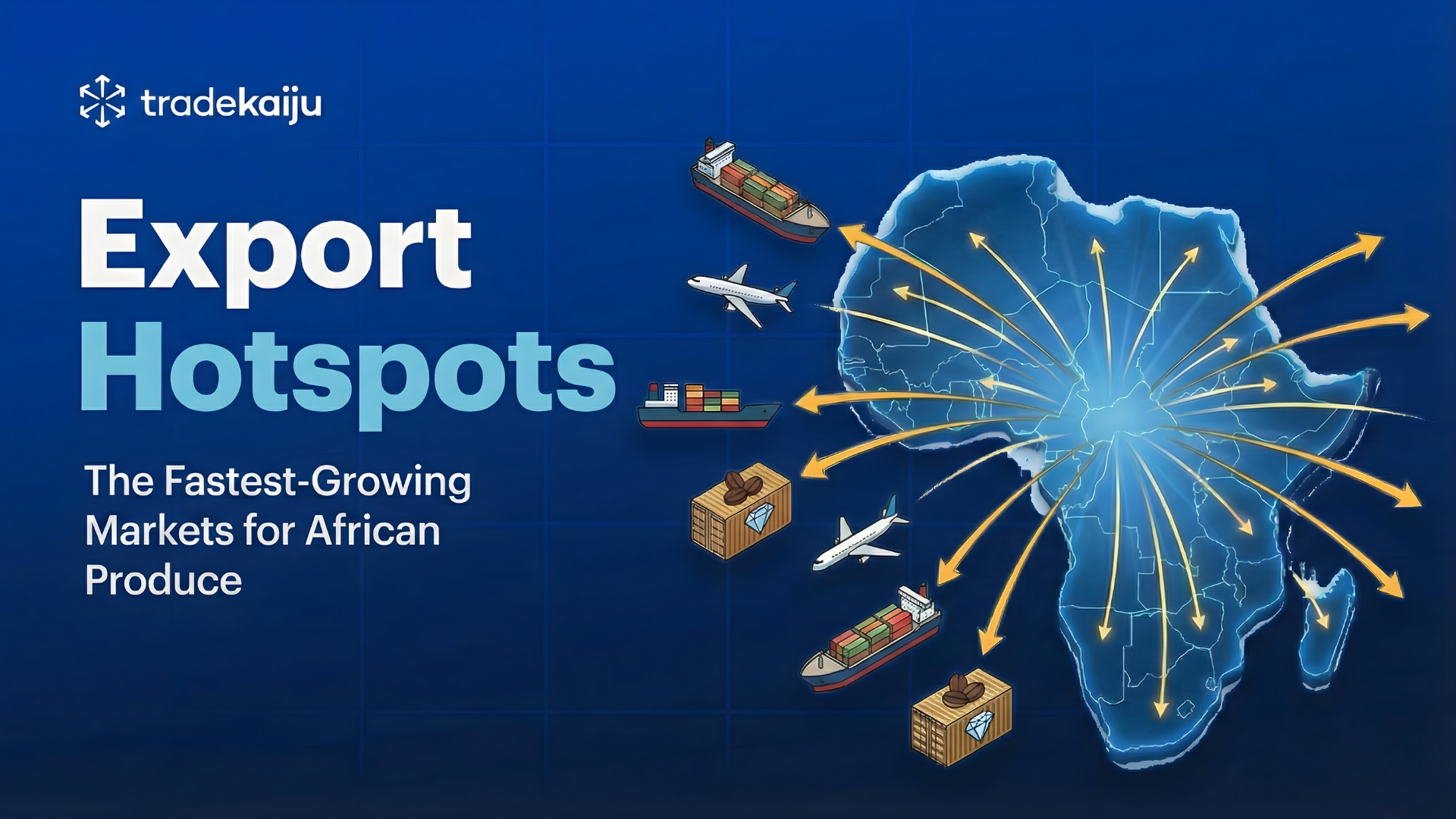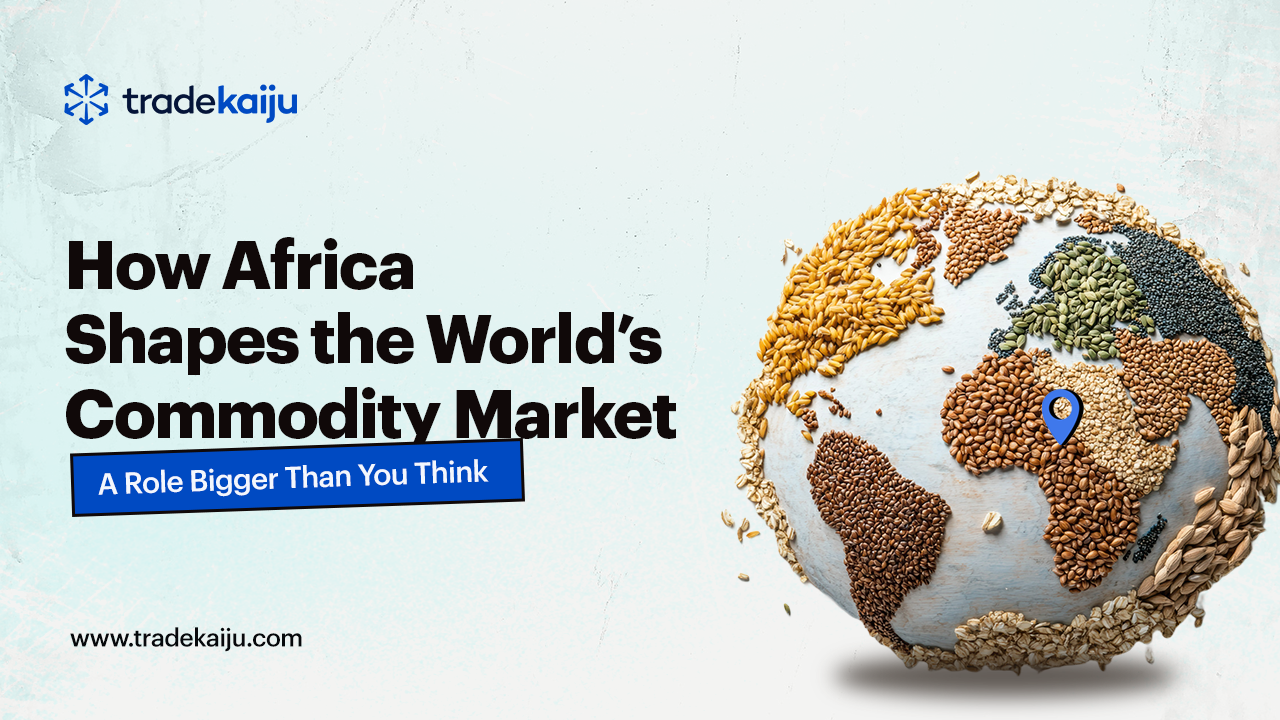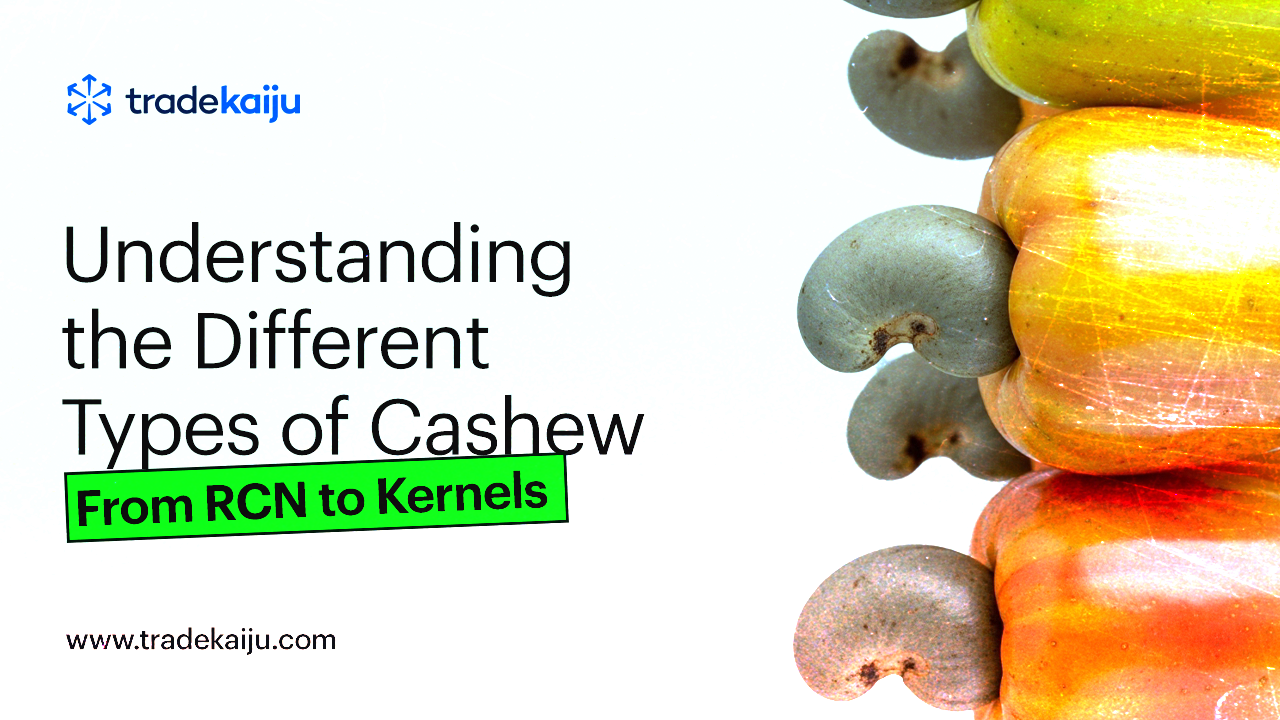All You Need to Know About Livestock Export
Date Posted: 2024-06-05 14:29:52

Introduction
The global agricultural trade relies heavily on the movement of live animals across national borders—a process known as livestock export. Every day, millions of livestock are traded internationally to meet various demands in different regions. In cases where the climate or other environmental conditions are not suitable for raising certain animals, live export provides a solution by transporting livestock from areas with surplus animals to locations with high demand.
This allows regions with the right environmental conditions to specialize in rearing certain livestock and export them to places where they could be difficult or impossible to raise; thus, creating an avenue for other countries to access a wider range of animal products and better meet the needs of their population.
Among the most commonly traded livestock species are cattle, sheep, goats, pigs, chickens, turkey, dogs, horses, rabbits and even camels.
Reasons for the Global Trade of Livestock
Here are three primary reasons why animals are exported:
1. Breeding: Some countries specialize in specific breeds known for particular traits, such as high milk yield in cattle, or superior wool quality in sheep. By importing and introducing animals with these new genetic traits, farmers can improve the productivity, disease resistance, and overall quality of their local flock.
2. Slaughtering for meat: In countries with high demand for fresh meat, live animal exports can provide a reliable source of meat for the population. In East Asian countries for example, there is a significant demand for pork, leading to the import of live pigs for slaughter for fresh meat. Also, countries in the Middle East and North Africa often import live cattle and sheep to meet the demand during religious festivals like Eid, where there is a preference for locally slaughtered meat.
3. By-products: Animals are exported not just for meat but also for valuable by-products such as wool, hides and other materials. By-products like hides and skins are crucial for the leather industry, while wool is a fundamental material for the textile industry. Exporting live animals ensures consistent supply of these materials. Also, certain by-products such as animal fats and gelatin, are used in food processing, pharmaceuticals, and cosmetics, making them economically significant as well.
Most Frequently Traded Livestock Around The World
Let's examine some of the livestock species that are most frequently traded globally, and understand why they are in such high demand.
Cattle: Cattle are traded globally for multiple reasons, including breeding, meat production, and dairy farming. They are also a source of leather, bones, and other by-products. The demand for cattle remains high in many countries, making them a popular choice on agro-trading platforms.
Goats: Goats are prized for their meat and milk, which offer unique flavors and nutritional benefits that set them apart from other livestock. Certain breeds like Angora and Cashmere goats produce luxurious, soft wool that is highly sought after in the textile industry. Also, their ability to survive and adapt even in harsh climatic conditions makes them a popular choice for agro-traders in arid or semi-arid regions who are seeking to maximize profits while minimizing risks.
Sheep: Sheep are another versatile livestock, traded mostly for their wool, meat and milk. Sheep wool is an important raw material for the textile industry, used in producing clothing, carpets, and other fabrics. Their milk is also used to make specialty cheeses and other dairy products, often fetching higher prices in niche markets.
Chicken: Chickens are widely known for their delicious meat and nutritious eggs which are highly demanded all over the world. Beyond these benefits, chickens also contribute feathers which are an important commodity in industries such as bedding, fashion and home decor.
Horses: Horses are less commonly traded than other livestock as their use and trade may be more niche compared to other livestock. They are primarily traded for their value as racehorses, riding horses, and working animals in certain regions. This makes them highly demanded by specific sectors such as polo clubs, zoos, and private individuals who keep them for aesthetic reasons.
Tips on How to Start Trading Livestock Across National Borders
To successfully venture into livestock export, it is essential to conduct thorough research on both the livestock that thrive in your region, and those that are in high demand in your target market. It is also important to understand the regulations and laws surrounding the export of these animals, such as vaccination requirements and export restrictions. This knowledge will help you plan your export strategy effectively, ensuring that you are complying with the necessary regulations, and choosing livestock that will perform well in your target market.
In conclusion, trading livestock across national borders offers many advantages for both buyers and sellers, including providing them with wider market access and better pricing information. This exchange of livestock promotes a more integrated and competitive global market, leading to greater innovation and efficiency in the industry.
Similar Blog Posts

Africa’s agricultural sector is on the rise, and so is global demand for its produce. As the continent continues to bu

Africa isn’t just a participant in the global commodity market, it’s a driver. The continent holds: 30% of the worl

Cashew is one of Africa’s most valuable export crops, yet many people (especially new traders) don’t fully understan